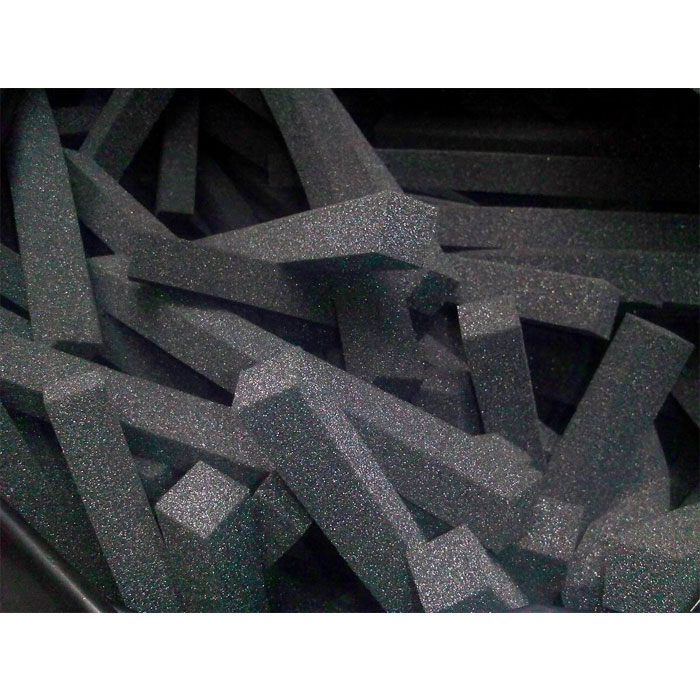The coloring principle of polyester foam mainly relies on the addition of pigments or dyes, which are mixed with the polyester matrix during the production process of the foam to make the foam present the desired color. The specific process is as follows:
Selection of pigments or dyes: Select appropriate pigments or dyes according to the purpose and desired color of the final product. Common ones are organic pigments, inorganic pigments, dyes, etc. These pigments can be in liquid, powder or granular form.
Mixing process: During the production process of polyester foam, pigments or dyes are mixed with polyester raw materials (such as polyester resin) and other ingredients such as foaming agents. During this process, tiny particles of pigments or dyes are evenly distributed in the matrix of the foam.
Foaming reaction: During the process of polyester resin and foaming agent reacting to form foam, the pigment is fixed in the foam structure. Since the foaming of polyester foam is usually carried out at a higher temperature, the selected pigment must be able to withstand this temperature.
Coloring stability: Some dyes or pigments may fade under high temperature, ultraviolet radiation and other environments, so pigments with strong heat resistance and light resistance are usually selected to ensure that the coloring effect of polyester foam can remain stable during use.
In summary, the principle of coloring polyester foam is to add pigments or dyes to the raw materials of the foam so that the pigments are evenly distributed in the foam during the foaming process, thereby obtaining foams of different colors.


